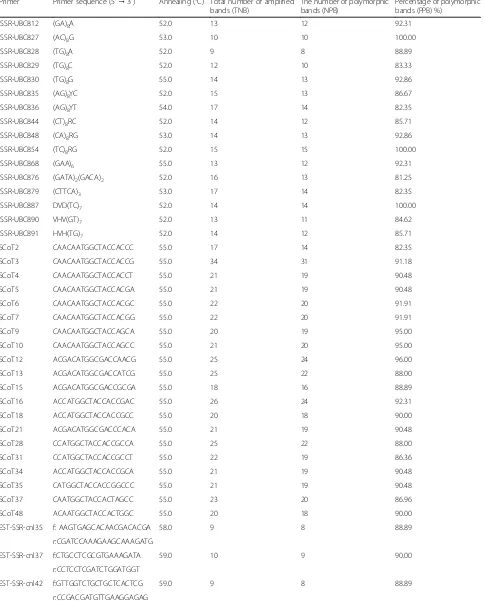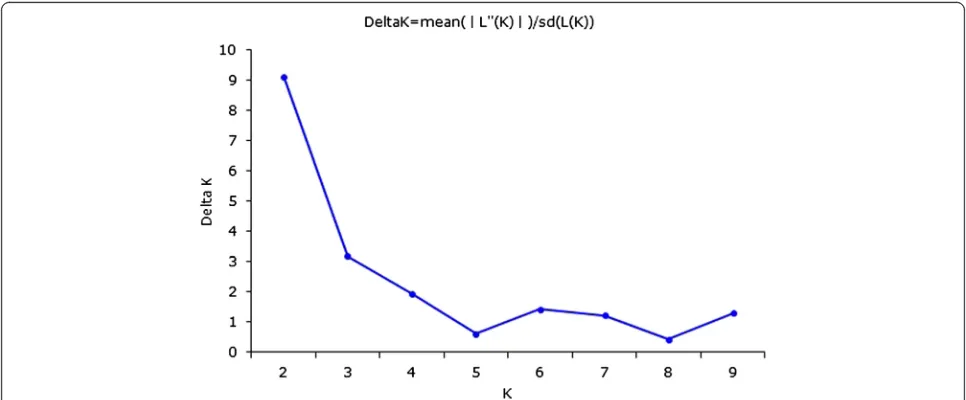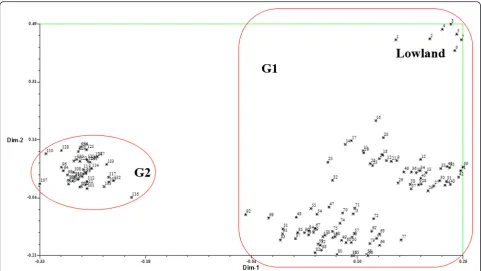Genetic variation, population structure and linkage disequilibrium in Switchgrass with ISSR, SCoT and EST-SSR markers
Full text
Figure




Related documents
The objectives of this study were to evaluate the influence of three different tillage practices – MP (moldboard plow), CP (chisel plow), and NT (no-tillage) – on bulk density,
At this stage territorial unbalances are analyzed not only with respect to economic performances, but also with respect to the intensity of policy interventions (the
Data analysis was performed using R software. Estimation of net transition probabilities in three stages of nonsmoker, current smoker and past smoker was performed in two steps.
Moreover, based on the enhanced recovery perfor- mance properties of RaptorQ codes as described in (1) and based on the assumption of this work for the fail- ure probability of
The results that better performing Chinese manufacturing firms use the past period sales information suggest that, contrary to the generally perceived good management
Our results show that a larger market size measured by the population density leads to higher incentive of people to become entrepreneurs..
The Disabled Witness Project has identified the following potential barriers to achieving an effective remedy for Disability Hate Crime: lack of recognition and reporting of


